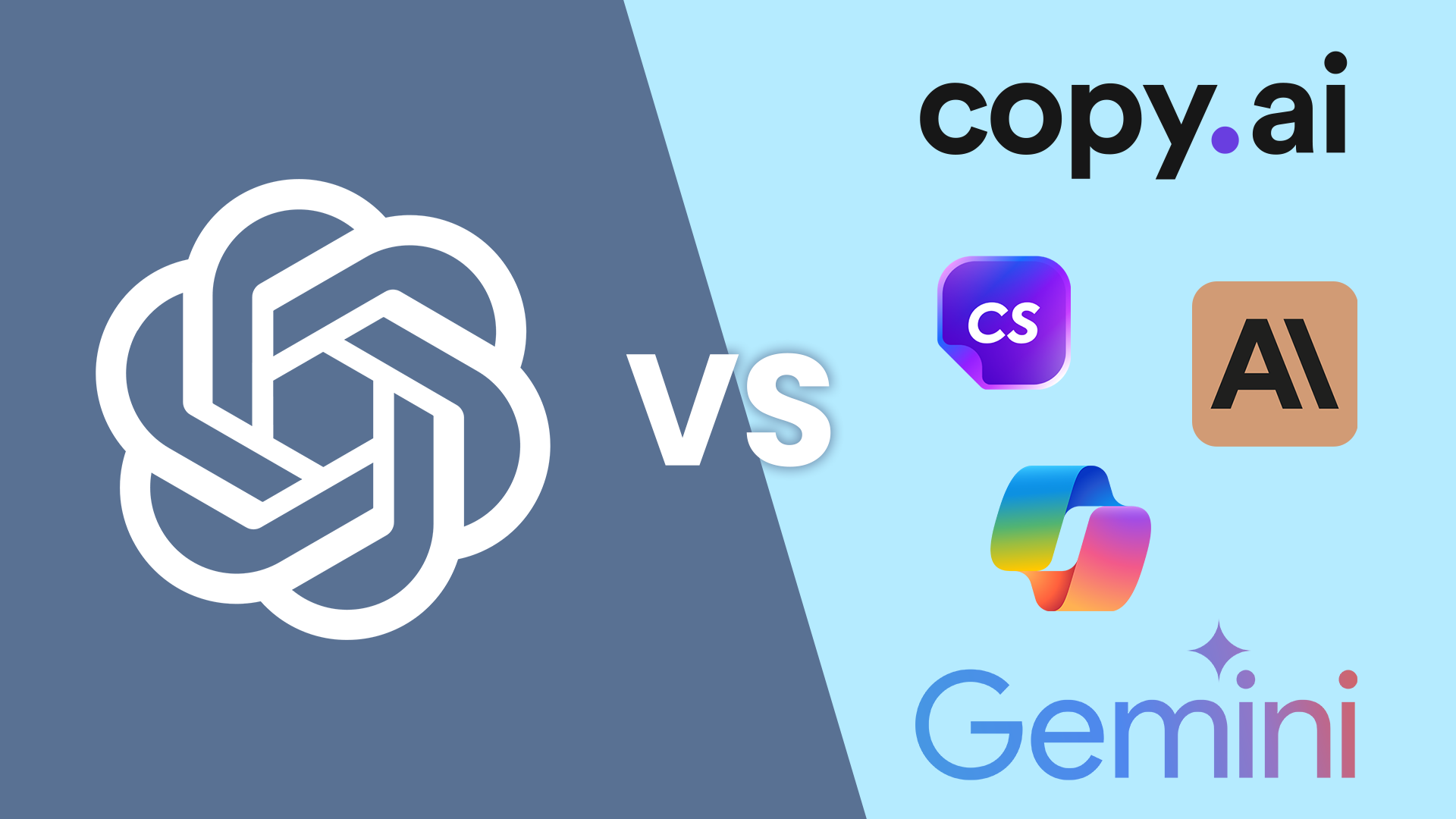Sharding is considered one of the best ways to scale your database and can solve many issues that companies can face.
Table of Contents
What is Database Sharding?
Sharding is a technique for splitting a large dataset into many databases using a specific partitioning algorithm. In general, there are two types of sharding: vertical and horizontal. Vertical sharding divides the data based on the value of one attribute, while horizontal sharding divides it based on the value of two points. Horizontal sharding is more common than vertical because it distributes data faster but increases storage requirements for write operations since updates need to be made in all shards.
With vertical sharding, data is stored in distinct tables/sets, each distinguished by a particular characteristic. This allows the database to scale horizontally, providing the performance and storage capacity required by the individual data sets. For example, if we have a table of user data with roughly 25 different characteristics, we can create separate tables/sets for personal information and login credentials; other tables/sets might correspond to health information and biographic information.
Horizontal sharding distributes data into various tables or locations based on rows. i.e., we have data from 4 million people. We used sharding to divide data into four groups of one million people based on geographies. Each of these chunks is stored separately with a unique primary key and foreign keys to reference other tables in the same database and other databases across the network. This method allows for horizontal scalability by adding more hardware resources (servers, drives) as needed to deal with ever-increasing amounts of data without requiring any change in software or applications that access the database.
Determine Your Database Sharding Strategy
One of the biggest challenges in database sharding is determining how to partition or shard. A key is a subset of the primary key that aids in the distribution of data, but it must also be chosen in such a way that makes sense for how you’ll handle read-write operations on the data.
Sharding is a process where data is distributed across partitions (shards). Each bit is hosted on a separate server, with certain records stored in each shard. Smaller data sets are easier and faster to process than larger ones. Sharding helps organize data sets into smaller subsets and prevents vast amounts of data from overwhelming resources.
Algorithmic Sharding
Algorithmic Sharding takes data as input, applies a hash function to it to get a hash output, and then stores that record to the appropriate shard based on the hash. As far as I’m aware, the modulus operator is most commonly used to take a subset of data as input and construct several shards.
The purpose of database sharding is to distribute datasets uniformly across multiple databases. Read operations will be performed on a single database. Each database must be searched to obtain the data if no partition key is used. The most common form of this sharding is appropriate for key-value stores since the sharding function distributes information uniformly according to the logic stated in the functions.
Dynamic Sharding
In dynamic sharding, the locator service will efficiently handle read and write queries based on the various partition keys provided. As with algorithmic sharding, the partition key will be available to all queries. Without it, queries must scan all databases for records.
One of the most common forms of sharding is by geographic region, with each partition located in a single data center. The main challenge of this technique is that it doesn’t offer consistent distribution performance for queries that span multiple partitions. For example, suppose you want to query the entire data set and retrieve the average price of all products at a particular store location. In that case, this query needs to be executed over all shards and aggregated at the locator service. The results are then returned to the client/user who initiated the query.
It seems that entity groups have gained popularity in this area. This approach lets you store all types of data for a single user with the same partition key. This will allow us to read things quickly and effectively; although cross-partitioned queries may occur, their frequency will be smaller, resulting in better outcomes.

What are the Advantages of Database Sharding?
Quick Results and High Efficiency
They each reside in different locations and have the same data structure. Each query will specify partitioned databases with a partition key. The query is limited to a single database. As a result, a speedy and optimum response is achieved.
No need to worry about Failures
The architecture depends on network topology, but the basic idea is that only specific partitioned data will be impacted if one partition fails; the remainder will continue to function normally. Only replica or database backups of that partition will address the problem.

Important Considerations
Strategy Selection
Sharding is the process of dividing up a database into a large number of partitions. So a suitable technique for dealing with this should be chosen first and then applied consistently throughout the project. Changing strategy in the middle of a project could cause delays and for work to be redone.
Architecture Implementation
The database sharding solution is not just about solving a complex problem with a simple solution. The connection between the database and application architecture will become more sophisticated as time passes, so it is essential to consider sharding early in the design process.
When dealing with large amounts of data, database sharding comes in handy. This mainly involves duplicating databases and storing the same data in several places. This makes data management much more complex and costly, as many separate copies must always be maintained. I propose using database sharding only when necessary and opting for horizontal sharding instead. Contact NPEC today for more information on how to manage your database efficiently!




